Photo
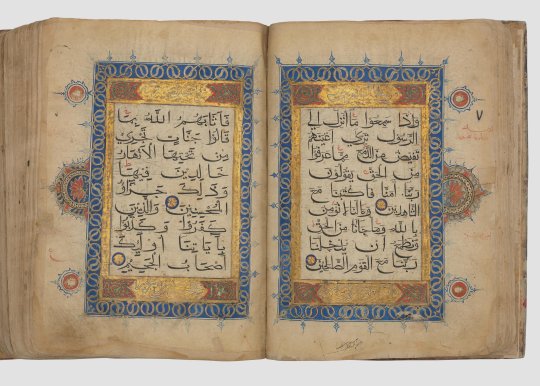
Beginning today, Muslims across the globe will observe Ramadan, the holy month of fasting and introspection. Ramadan is when the Qur’an was first revealed to the Prophet Muhammed during the seventh century. "Qur'an," 1600s, India http://ow.ly/oOhy30sg7kG
160 notes
·
View notes
Photo

Suzanne Duchamp was a French painter, collagist, sculptor, and draughtsman whose work was significant to the development of Paris Dada. Because Duchamp was a woman in the predominantly male Dada movement, she was rarely considered an artist in her own right—she constantly lived in the shadow of her famous older brothers or she was referred to as "the wife of” fellow artist Jean Crotti, who she depicts in this work. In true Dada fashion, “Arietta” (an arietta is a short aria, or song) is arranged like a puzzle that remains impervious to logical explanation. Even the title, which is emphasized in bold letters on the picture surface, uses nonsense language to foil our desire for literal meanings. “Arietta of Oblivion of the Dazed Chapel,” 1920, by Suzanne Duchamp © Artists Rights Society (ARS), New York http://ow.ly/uu6S30sg5Qu
#suzanneduchamp#philadelphia art museum#dada#paris dada#philadelphia museum of art#womenshistorymonth
101 notes
·
View notes
Photo
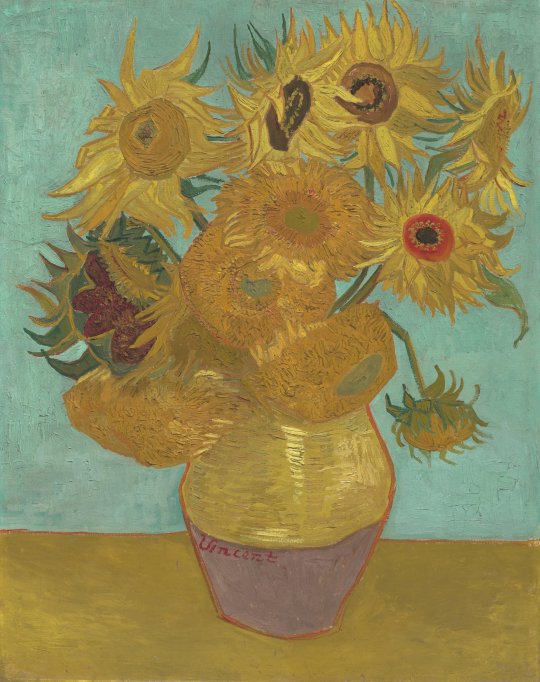
Vincent van Gogh was born on this day in 1853. Part of the Post-Impressionist movement, he used color and energetic brush strokes to convey his emotions and state of mind. Largely unsuccessful during his lifetime, he is now considered one of the most influential figures in the history of art. Few artists have been associated with a specific subject as closely as Van Gogh has been to sunflowers. They represented for him something deeply personal, and he frequently praised them as symbols of reverie, loyalty, and joy.
“Sunflowers,” 1889, by Vincent van Gogh
#vincent van gogh#sunflowers#philadelphia art museum#philadelphia museum of art#philamuseum#impressionism#postimpressionism
488 notes
·
View notes
Photo
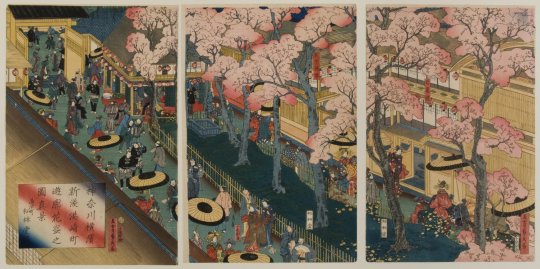
Spring is here and the cherry blossoms are blooming throughout Philadelphia. Due to their short lifespan, cherry blossoms are a symbolic flower of spring and remind us of the fleeting nature of life. Luckily for us, we can enjoy their beauty a little longer with works of art. "View of the Pleasure Quarters with Cherry Blossoms in Full Bloom in the Miyozaki District of the New Port of Yokohama near Kanagawa," 1860, by Utagawa Sadahide
#philadelphia#spring#philadelphia art museum#east asian art#asian art#japanese art#cherry blossom#Utagawa Sadahide
138 notes
·
View notes
Photo
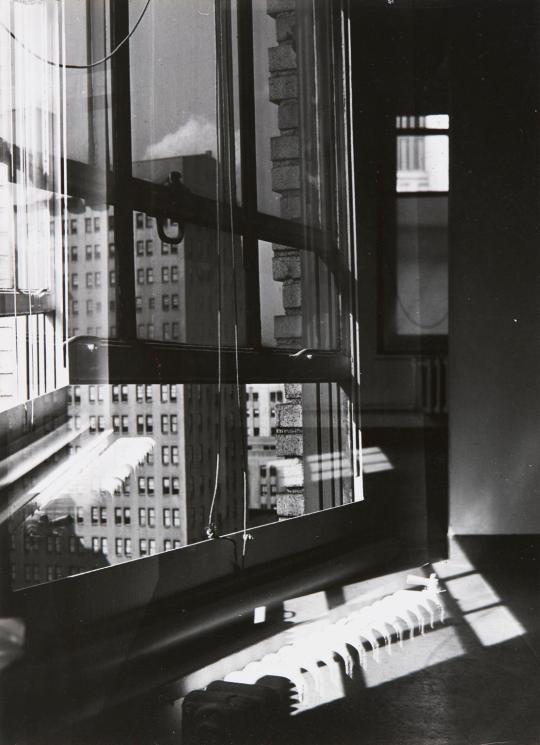
Dorothy Norman was born in Philadelphia on this day in 1905. In 1927 she met and began collaborating with photographer and gallerist Alfred Stieglitz. Norman made this photograph of Stieglitz's final gallery, An American Place, shortly after his death. Unbroken planes of light on empty walls seem to highlight his absence.
See this photograph in our installation "Elegy: Lament in the 20th Century."
"From the Window of An American Place after Stieglitz's Death," 1946, by Dorothy Norman
#Dorothy Norman#happy birthday#on this day born on this day#artist birthday#art#art museum#museum#art history#history#photography#photographer#black and white photography#Elegy: Lament in the 20th Century#Women's History Month#Alfred Stieglitz#Stieglitz#Philadelphia Museum of Art#Philly art museum#Philadelphia art museum
130 notes
·
View notes
Text
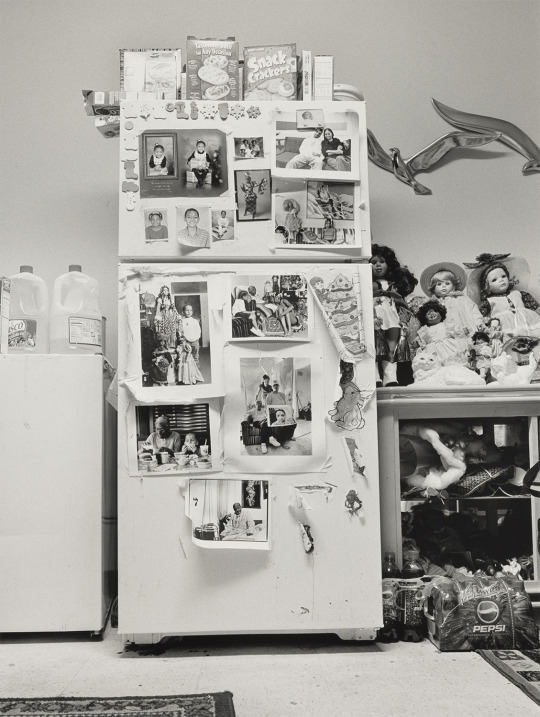
Here LaToya Ruby Frazier presents a modest kitchen interior transformed into a tableau for reimagining family narratives and reinforcing generational bonds. By displaying these pictures on her refrigerator, Frazier’s grandmother Ruby is able to be in the presence of those who are absent from her home. An otherwise everyday scene becomes a place of joy and remembrances, where Ruby may gather loved ones, who now “pose” for her granddaughter’s camera.
See this photograph in our installation "Pictures in Pictures."
"Grandma Ruby’s Refrigerator," 2007 (negative); 2019 (print), by LaToya Ruby Frazier © LaToya Ruby Frazier
#photography#philadelphia museum of art#latoya ruby frazier#philadelphia art museum#museum#art history#art museum#pictures in pictures#art#photograph
83 notes
·
View notes
Text
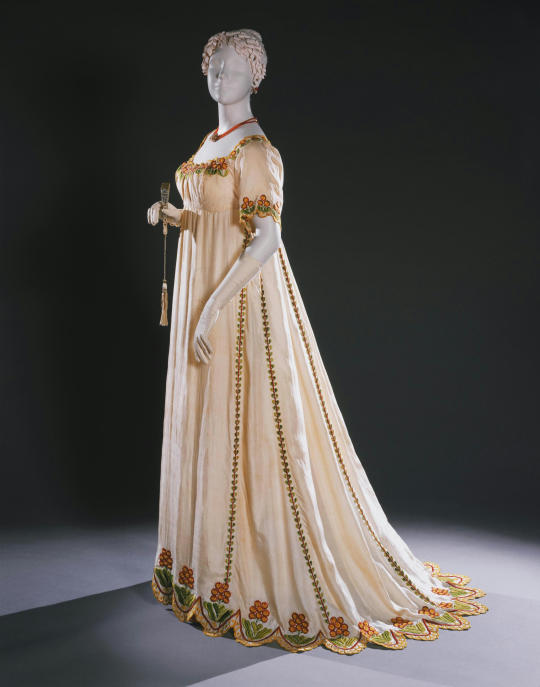
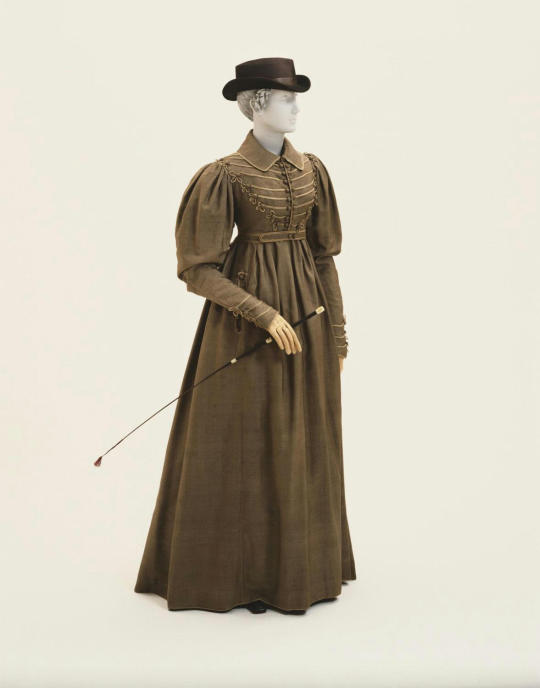
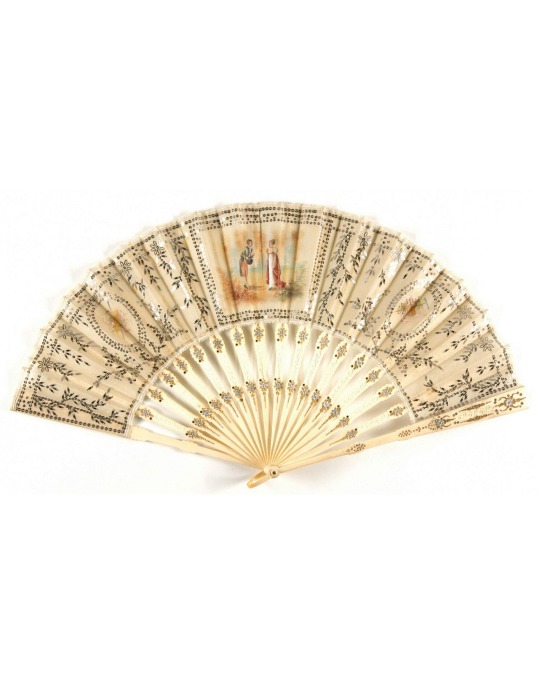

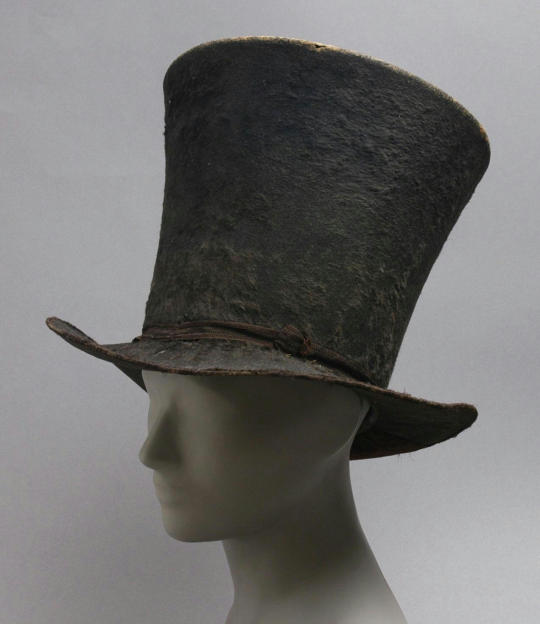
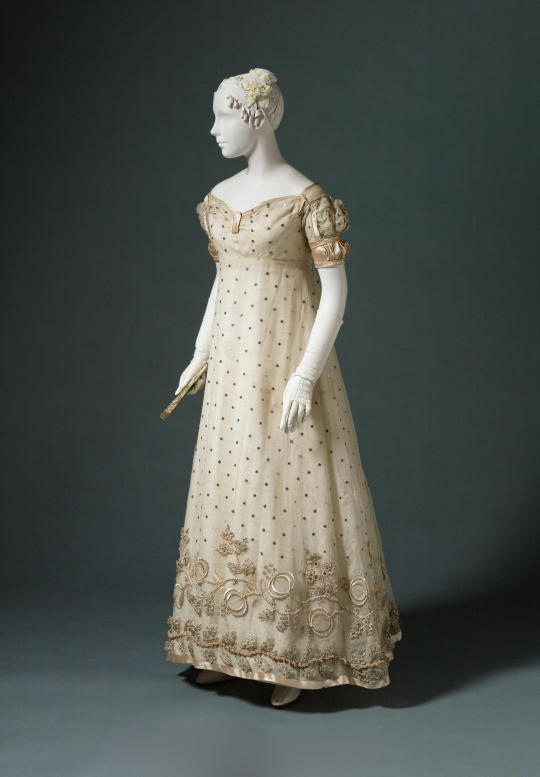
We have our Bridgerton watchparty outfits ready. Which one would you wear to promenade?
"Woman's Dress," around 1805–10, England
"Woman's Riding Ensemble," around 1820, United States
"Fan," around 1805, France
"Woman's Dress," around 1800, United States
"Man's Top Hat," 1820–25, United States
"Woman's Evening Dress," around 1817, France
#bridgerton#bridgerton season 2#bridgerton netflix#philadelphia museum of art#art museum#museum#philadelphia art museum#philly#philly art museum
254 notes
·
View notes
Photo
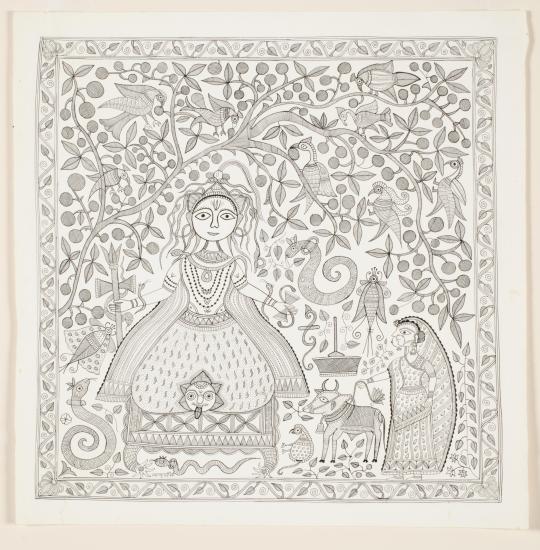
Mahasundari Devi was an accomplished artist who began working on paper in the mid-1960s and was instrumental in fostering women's crafts in the Madhubani district of Bihar, India. In this painting, she uses a simple, graphic line to depict the mother goddess Parvati with a lotus in one hand honoring her husband Shiva. See this ink painting in our South Asian art galleries. "The Goddess Parvati Honors Her Husband, Shiva," around 1965–85, by Mahasundari Devi http://ow.ly/cqXV30sfqkw
#womenshistorymonth#south asian art#philadelphia art museum#philadelphia museum of art#philly art museum#indian art
89 notes
·
View notes
Photo

This aerial photograph documents some of the painted messages that artist Emma Wilcox left on rooftops and empty lots in her Newark, NJ, neighborhood that the city took by eminent domain, a process where governments can expropriate private property for public use. “MY MEMORY GETS IN [THE] WAY,” reads one bit of text scrawled across a rooftop, while a more directly accusatory “THIEF” appears in a lot where a demolished building once stood.
See this photograph on view in our newest installation "Waiting for Tear Gas."
"Eminent Domain No. 5," 2007, by Emma Wilcox
#Emma Wilcox#Women's History Month#photography#photographer#Waiting for Tear Gas#art#art museum#museum#art history#history#Philadelphia Museum of Art#Philadelphia art museum#Philly art museum
44 notes
·
View notes
Photo

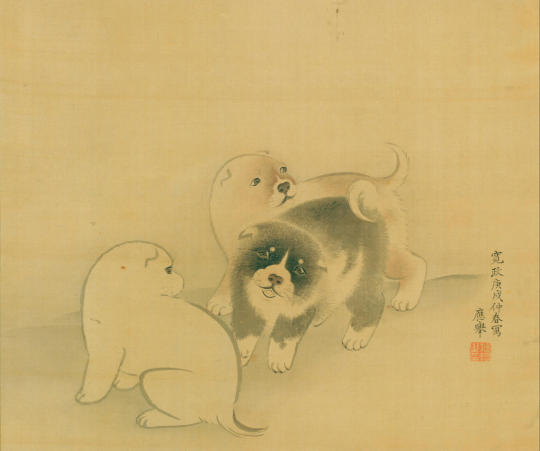


Bringing some much needed puppies to your feed today. Happy National Puppy Day!
"Untitled (Two Dogs)," October 1940, United States. "Three Puppies," 1790, by Maruyama Ōkyo. "Decorative Panel with Dogs," around 1900, by Maurice Biais. "Untitled (dog 'photographer')," around 1900, by Jeanette Bernard.
#National Puppy Day#puppy day#puppy#puppies#dogs#dog#art#art museum#museum#art history#history#photography
825 notes
·
View notes
Photo

In February 1989, artist Andrea Fraser assumed the role of fictional docent Jane Castleton and performed a tour of the museum, including spaces traditionally overlooked, such as restrooms, the cafeteria, and shops. Fraser addresses not only the history of the institution and its collection, but also broader social and political concerns, particularly affecting the city of Philadelphia. The result is a portrait of the museum and the conventions attached to it and to the art world at large.
Watch "Museum Highlights: A Gallery Talk by Andrea Fraser" in our Contemporary art galleries.
#Andrea Fraser#Women's History Month#art#art museum#museum#art history#history#contemporary art#contemporary film#Philadelphia Museum of Art#philadelphia art museum#Philly art museum
41 notes
·
View notes
Photo

Dox Thrash was a prolific printmaker who was born on this day in 1893 and settled in Philadelphia in the late 1920s. In 1937, at the height of the Great Depression, he became the first Black artist to work for the Fine Print Workshop of Philadelphia, a branch of the Works Progress Administration, a federal relief program designed to employ thousands of artists and share their work with the public. Learn more about the artist in the recently digitized publication "Dox Thrash: An African American Master Printmaker Rediscovered."
"Monday Morning Wash," around 1938–39, by Dox Thrash
#Dox Thrash#happy birthday#on this day#born on this day#artist birthday#printmaking#printmaker#Fine Print Workshop of Philadelphia#Works Progress Administration#art#art museum#museum#art history#history#Philadelphia Museum of Art#philadelphia art museum
85 notes
·
View notes
Photo

The sun is shining, the birds are chirping, and we're so happy to welcome the first day of spring!
"Landscape (Spring at Bougival)," around 1873, by Alfred Sisley
#first day of spring#spring#spring landscape#landscape#Alfred Sisley#Sisley#painting#Impressionism#Impressionist painting#art#art museum#museum#art history#history#Philadelphia Museum of Art#Philadelphia art museum#Philly art museum
68 notes
·
View notes
Photo
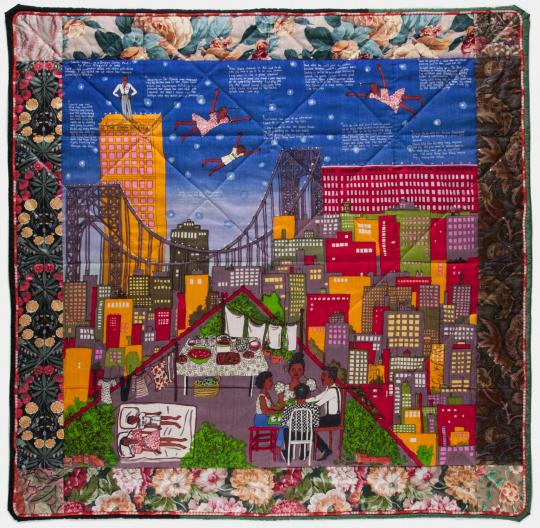
In honor of National Quilting Day, we’re highlighting Faith Ringgold’s "Tar Beach 2" quilt. Ringgold’s combination of image and imagination, text and texture puts a unique, contemporary spin on the traditions of both quilting and storytelling. This work communicates the dreams and hopes of a young girl, Cassie Louise Lightfoot. Flying among the stars on a hot summer night, Cassie becomes a heroic explorer overcoming obstacles.
"'Tar Beach 2' Quilt," 1990, by Faith Ringgold © Faith Ringgold / Artists Rights Society (ARS), New York - Courtesy ACA Galleries, New York
#national quilting day#Quilting Day#quilting#quilt#art#art museum#museum#art history#history#Faith Ringgold#Ringgold#Philadelphia Museum of Art#Philadelphia art museum#Philly art museum#Women's History Month
180 notes
·
View notes
Photo
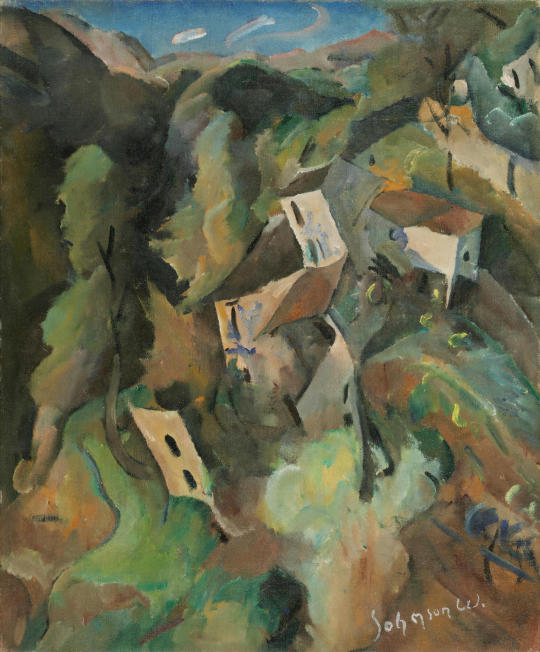
William Henry Johnson was born on this day in 1901. After studying painting at the National Academy of Design in New York in the early 1920s, Johnson left the US for France where he began to explore contemporary modes of depicting landscapes. In this representation of the countryside around Cagnes-sur-Mer, the region’s dramatic topography of steep hills and lush vegetation dominate the picture to the point that the horizon allows only a sliver of sky to peek through at the top of the canvas. See this work on view in our modern galleries.
"Cagnes-sur-Mer," around 1928, by William Henry Johnson
#William Henry Johnson#happy birthday#on this day#born on this day#artist birthday#landscape#painting#art#art museum#museum#art history#history#Philadelphia Museum of Art#Philadelphia art museum
52 notes
·
View notes
Photo
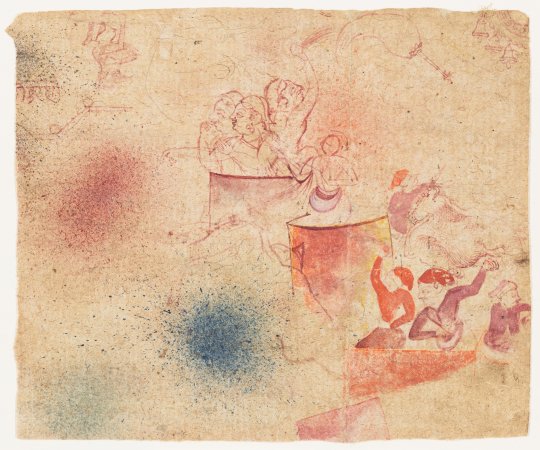
Holi is the festival of colors, where celebrants throw brightly colored powders (gulal) at one another while singing and dancing to celebrate the arrival of spring. Here the artist has thrown pigment on the surface of the drawing in a similar spirited manner. Powders were traditionally made from finely ground plants, flowers, fruits, and medicinal herbs such as neem, hibiscus, indigo, beetroot, and turmeric.
"Noblemen on Elephant during Holi Festival," late 1700s, India
#Holi#art#art museum#museum#art history#history#India#Indian art#Philadelphia Museum of Art#Philadelphia art museum#Philly art museum
58 notes
·
View notes
Photo
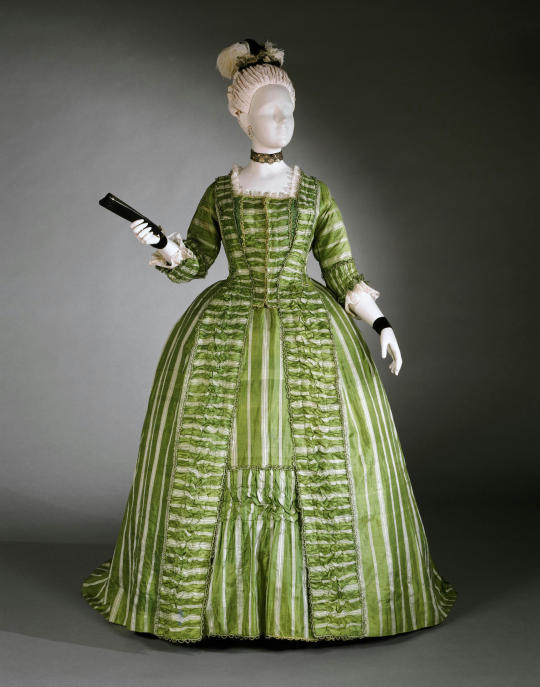
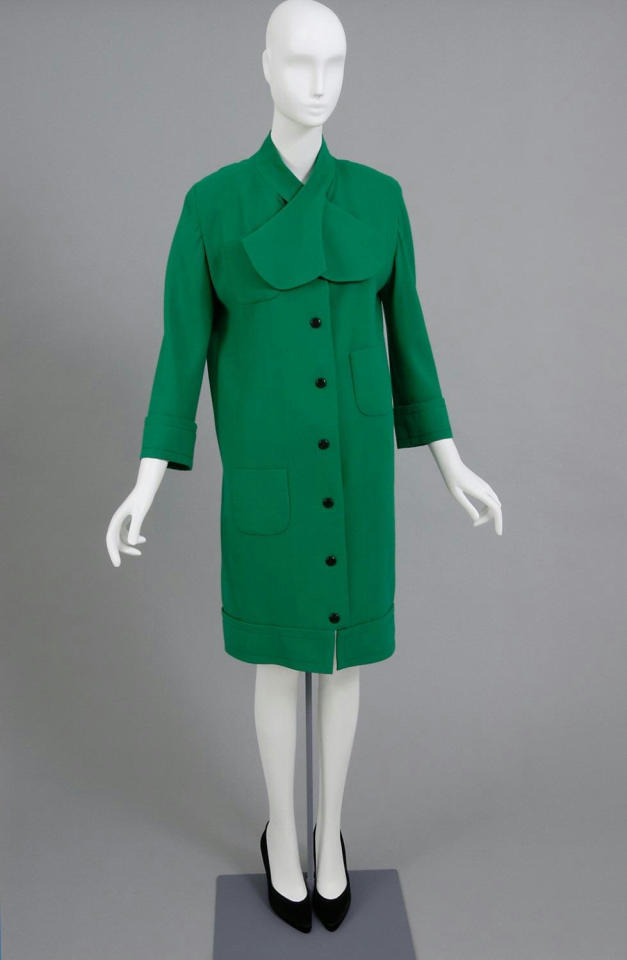
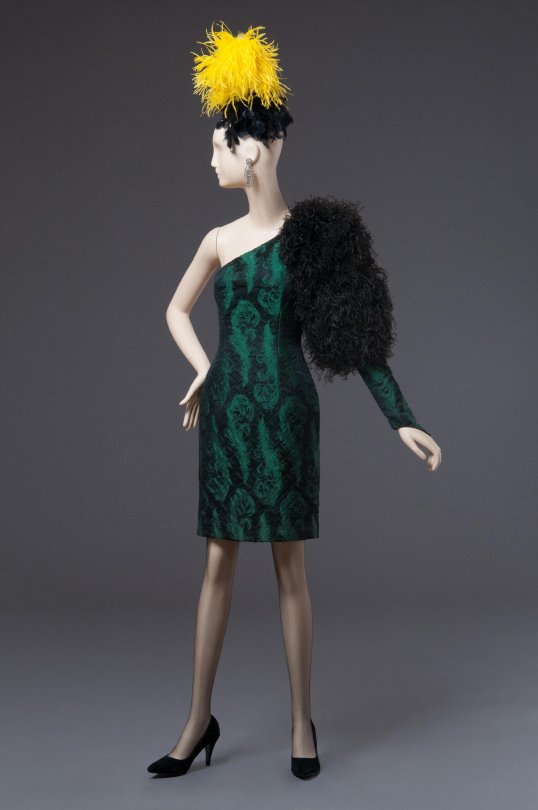
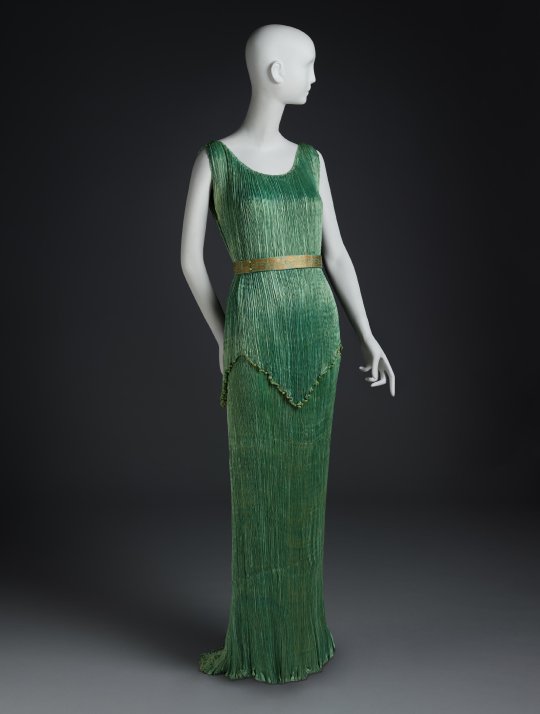
We're green with envy over these Saint Patrick's Day ready looks. ☘️
"Woman's Dress (Robe à la française) with Attached Stomacher and Matching Petticoat," around 1770–80, France. "Woman's Dress," around 1987, designed by Pierre Cardin. "Woman's Dress," Fall/Winter 1989, by Patrick Kelly. "Woman's Dress and Belt," around 1935, by Mariano Fortuny y Madrazo.
#Saint Patrick's Day#St Patrick's Day#green#green fashion#fashion#art#art and fashion#art history#history#fashion history#dress#dresses#art museum#museum#Philadelphia Museum of Art#Philadelphia art museum#Philly art museum
87 notes
·
View notes